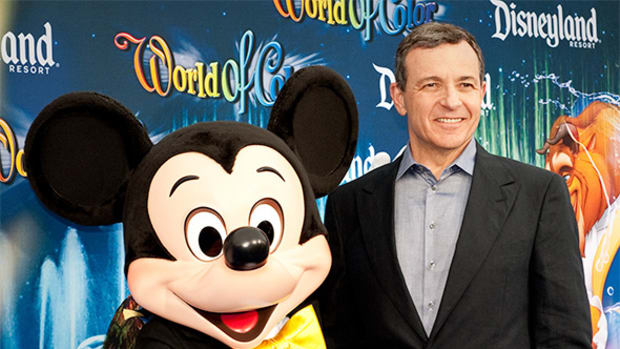Nobody Has Ever Been Where This Conference is Being Held
Imagining an immersive interactive future is similar to thinking about how the Internet would take shape before the mid-1990s.
It was common then to refer to the approaching technology as the information superhighway, which was generally understood to be a way of accessing text, graphics, audio and video with networked computers.
Not until the source code for the world's first Web browser was introduced in 1993 by Tim Berners-Lee of the research organization CERN (European Council for Nuclear Research did the public begin to understand hyperlinks and the how the World Wide Web would forever change how information would be used and how commerce would be transacted globally. You are using it now.
Now the buzz is about the Metaverse instead of the internet as people and companies try to figure out what it is and how to use it for fun and profit.
A Conference Convenes
So where better to hold a conference on the possibilities than in the new medium itself?
Not completely of course. We are still in early days so Metaverse Spectrum Business Conference and Expo attendees can join with a simple Web browser and regular computer microphone and camera used for any online meeting.
But there will be lots of demonstrations and meta environments available to check out, including an entire exposition hall with virtual exhibiter booths.
The Metaverse Spectrum breaks down the conference into three platforms: augmented reality (AR), virtual reality (VR) and mixed reality (MR).
So let's take a look at them, beginning with augmented reality.
"Using an AR device, AR overlays real-world objects and environments with 3D virtual objects," Metaverse Spectrum writes. "Your physical environment is enhanced with computer-generated images such as 3D holograms and animations, video, sound, and other digital information to change your perception or create intended meanings."
Augmented reality can be experienced with devices such as apps for mobile or desktop, special hardware, or AR glasses. The device uses computer vision, mapping as well as depth tracking to calculate the position and orientation of the object or environment where you are located, so the appropriate digital information is shown.
This contrasts with virtual reality, the second platform to be addressed at the conference.
While AR augments the real-world landscape, VR creates a completely new and immersive environment. Your visual senses are under the control of a VR headset device eliminating any interaction with the real world. Instead, you are placed inside a fictional 3-dimensional experience. Both visuals and audio work together to create credible experiences guiding you through a digital world.
"When AR and VR technologies are merged together," Metaverse Spectrum says, "an improved engaging experience is generated giving a new dimension of interaction between the real and virtual world."
Mixed Reality
Mixed reality brings together real world and digital elements where you interact with and manipulate both physical and virtual items and environments. Using next-generation sensing and imaging technologies, MR allows you to see and immerse yourself in the world around you even as you interact with a virtual environment using your own hands without ever removing your headset.
"Developing MR applications to help visualize complex objects can help a business leap to the forefront of its field," Metaverse Spectrum says. "Imagine physically presenting real-life 3D characteristics where the real world co-exists with the digital one allowing users to walk around, look inside, and fully interact with objects as if they were real. This provides a much more powerful experience than offering a presentation or video."
You can register to join the Oct. 25 Metaverse Spectrum's business conference here.





